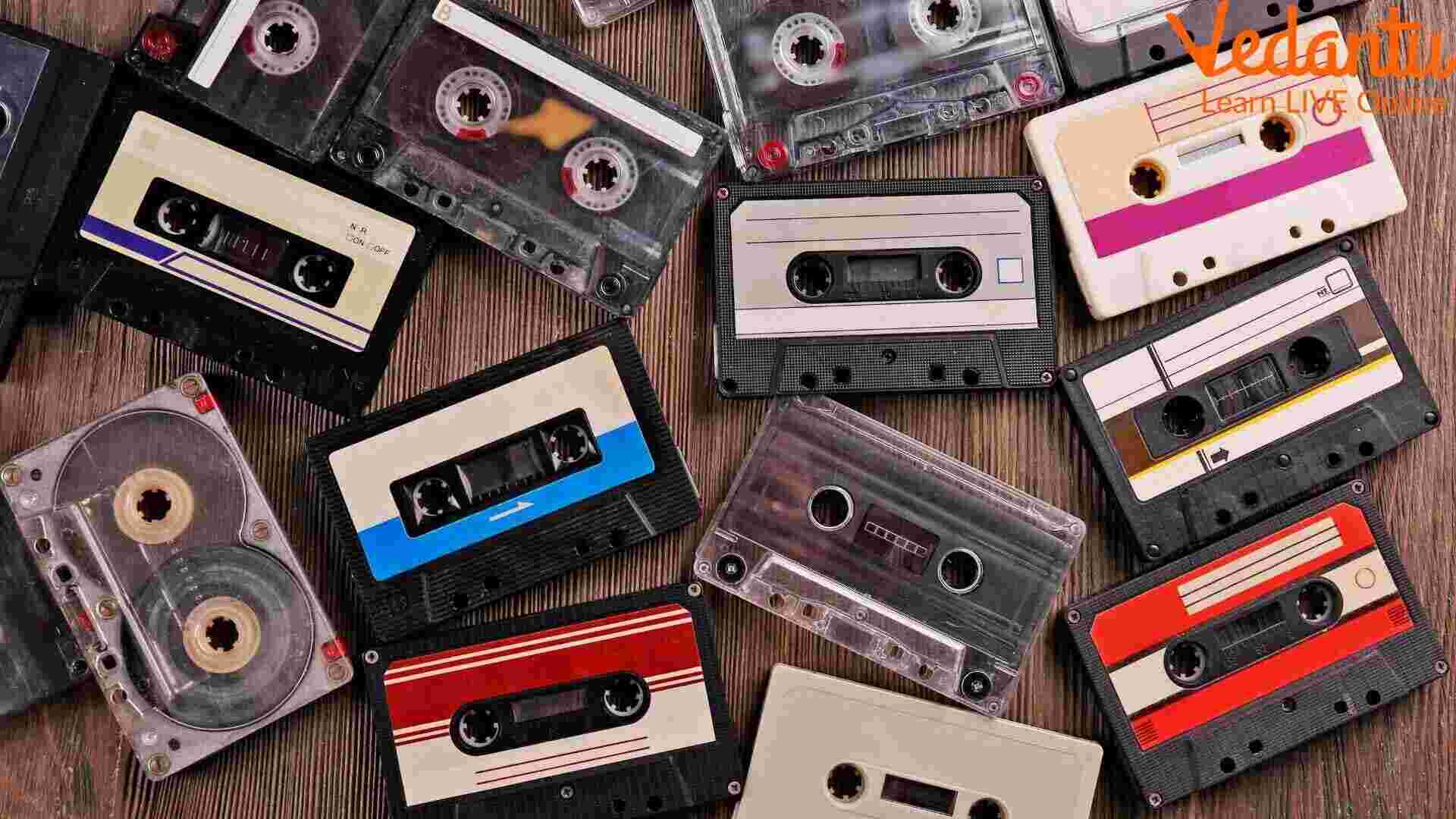How Music Storage Have Evolved Over the Years
Introduction
Explaining what a vinyl record or a cassette is to a teen will be one heck of a job. These things are obsolete music storage devices used back in the days. These devices needed a specialised machine to run and read to play a song. Songs were also recorded on those devices. What has happened to them? Are we having enough convenience to listen to music these days?
Listening to music is blissful. How do we do that today? We just plug in our headphones or connect a stereo to our smartphones or computers and run a music track online or stored digitally using built-in player software. It was not the case a few decades ago. The revolution of music storage has literally transformed the way we listen to music these days.
Storing Sound: How Fascinating It Is?
Imagine something you can’t see and asked to be stored! No, it is not air. It is the vibrations in the air that create beautiful music for your ears. The concept of storing sound in the form of songs is fascinating. It is a form of energy that can be stored in the form of signals to produce similar mechanical waves through a device producing music the way it is intended.
The greatest challenge was to make listening to music more convenient. Once the vinyl records were invented, the path became clearer to the inventors. The challenge was to store music and carry it easily to listen to them. Music storage is a hot topic of research that led to the foundation of excellent devices we use these days.
The first solution was invented by Édouard-Léon Scott de Martinville, a French bookseller. Is invention was called Phonautograph, a device that can record the voice of a human. He invented a sheet made of glass or paper covered with black carbon or soot.
He used a stylus to trace the vibrations made by a human voice leaving white lines on the soot-covered surface. The next challenge appeared. How can one reproduce the same sound from such a recording device? Thomas Edison came up with a new invention named Tinfoil Phonograph. His invention can record and even reproduce the same sounds but was not clear.
Eventually, his experiments led to the foundation of using wax cylinders used in phonographs to reproduce sounds with less noise.
The Modernisation of Music Storage
Based on the inventions made till the 1870s, vinyl records evolved and emerged as a better sound recording and playing device. The sound of music became clearer. These records were much easier to manufacture and distribute. These records were played on a device called a gramophone.
The Phase of the Electro Magnetic Revolution
Even though vinyl records were easy to record, store, sell, and play, it was still not convenient to store music. The evolution of sound using different devices made it hard to record as the frequency and wavelength ranges were limited for such devices.
To make music storage devices more compact and better in recording various sounds of music, the use of electricity came into being. With the advent of electrical energy in the 20th Century, new devices came into being. The use of electromagnetism in creating music devices brought the biggest revolution.
The transformation of sound energy to electrical energy was the breakthrough we needed for the transformation of music storage devices. Magnetic tapes were invented that can record and reproduce the same sounds using their electromagnetic properties. The devices became more compact and easy to port. It brought down to the evolution of audio cassettes in the 1960s. Sony introduced Walkman, a portable device running on dry cell batteries that can read audio cassettes. This music storage device easily fits into our palms.

Cassettes, The Old and Popular Music Storage Device
The Advent of the Digital Age
The idea of how music storage has changed over the years literally went through a huge transformation when we entered the digital era. In this era, we can download sounds from remote servers and store them on digital music devices.
We can play music anytime anywhere using small storage devices. Later, flat discs called CDs and DVDs emerged in the era of computers. The storage capacity of these devices increased considerably. We can store many types of digital files in them apart from music files. They can be easily carried and read using various electronic devices.
These devices can be read with light beams. The era of magnetic tapes is gone. As we progressed with the advent of the internet, everything started to digitise. The source of sharing music files became wider and more convenient to use. Users stopped downloading music files and using storage devices. These days, users prefer i play music stored in a computer. It got much better. iPod and other smaller music-playing devices emerged making cassettes obsolete.
As we progressed further, we found new ways to stream music online. There is no need to buy a music-playing device anymore. Your smartphone is enough to find and access music files online. We are now using streaming services offered by Apple Music, Spotify, YouTube, etc.
The digital servers of these streaming services serve as virtual music-playing devices we can access anytime using the internet. In fact, the advent of the cloud storage system allows us to create our personalised music storage devices.
The Evolution of Music Storage
The challenge of storing sound has been overcome using various inventions. We can realise how one challenge after the other was overcome by inventors across the world. These days, 1 trillion songs are played virtually using the digital devices. What will be the next innovation in music storage? A bionic chip installed in our brain storing and playing our favourite music or something else?







